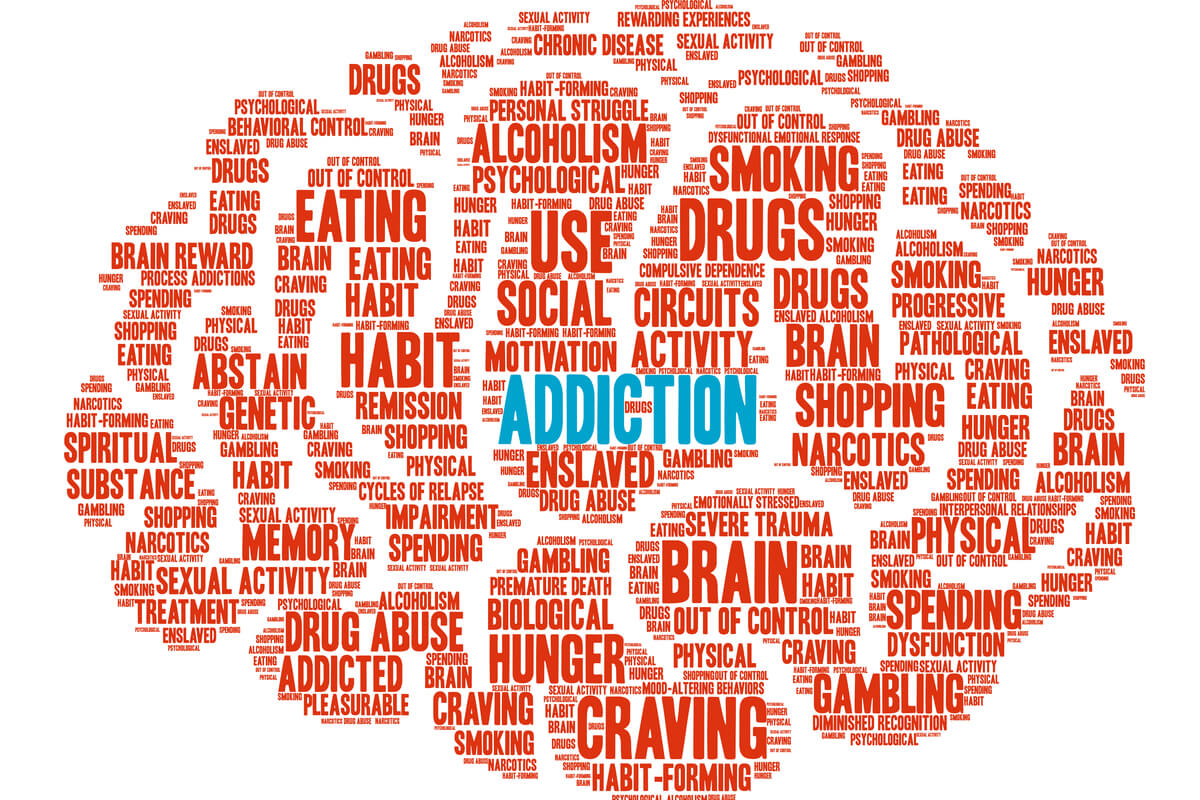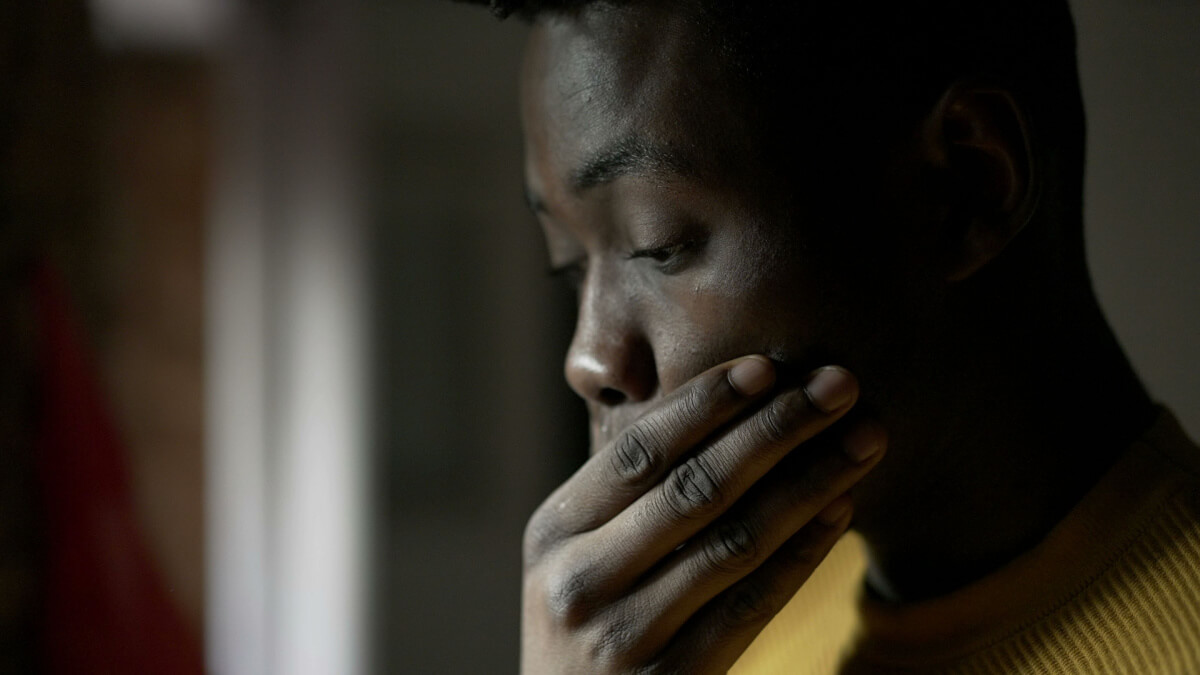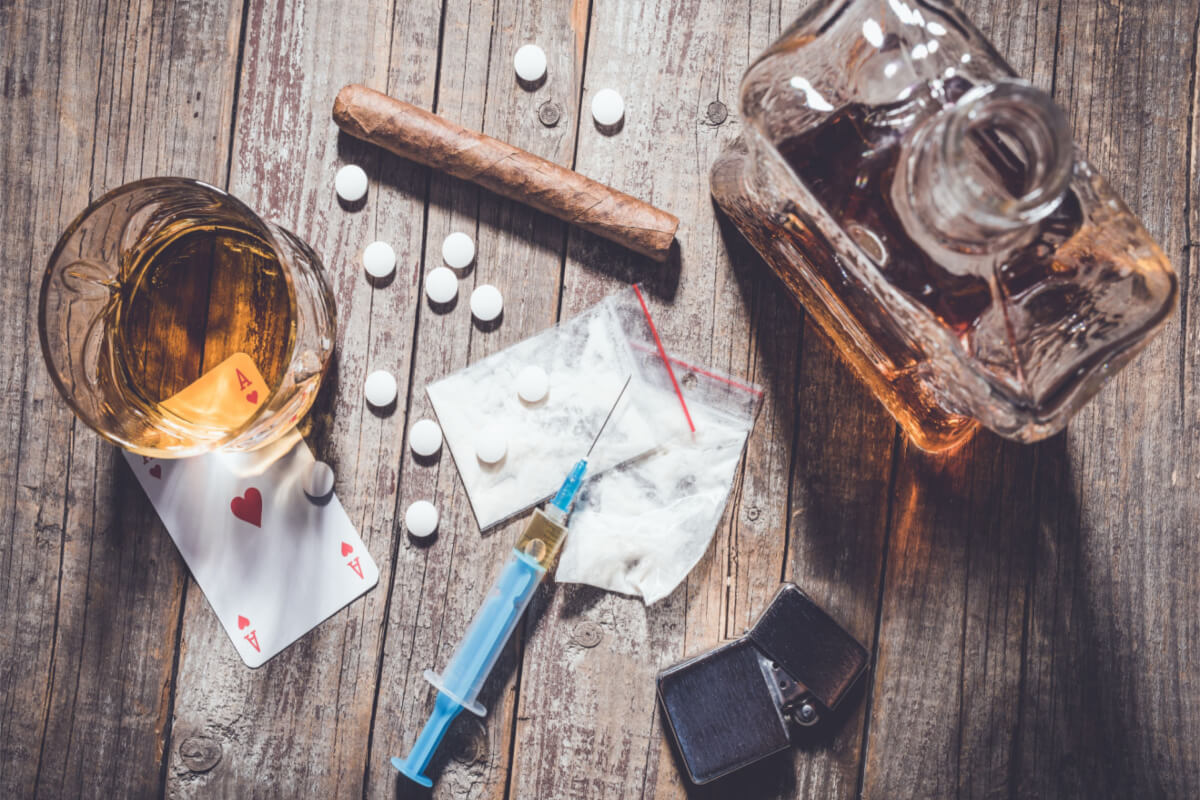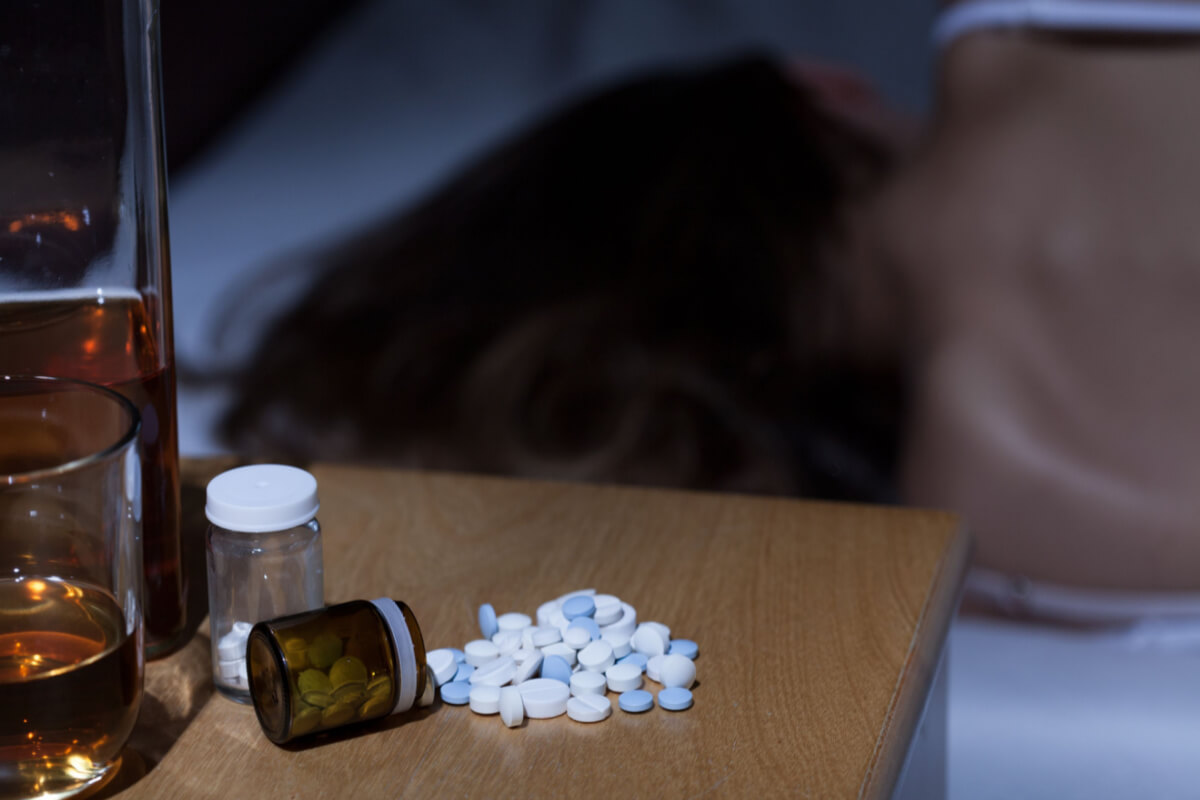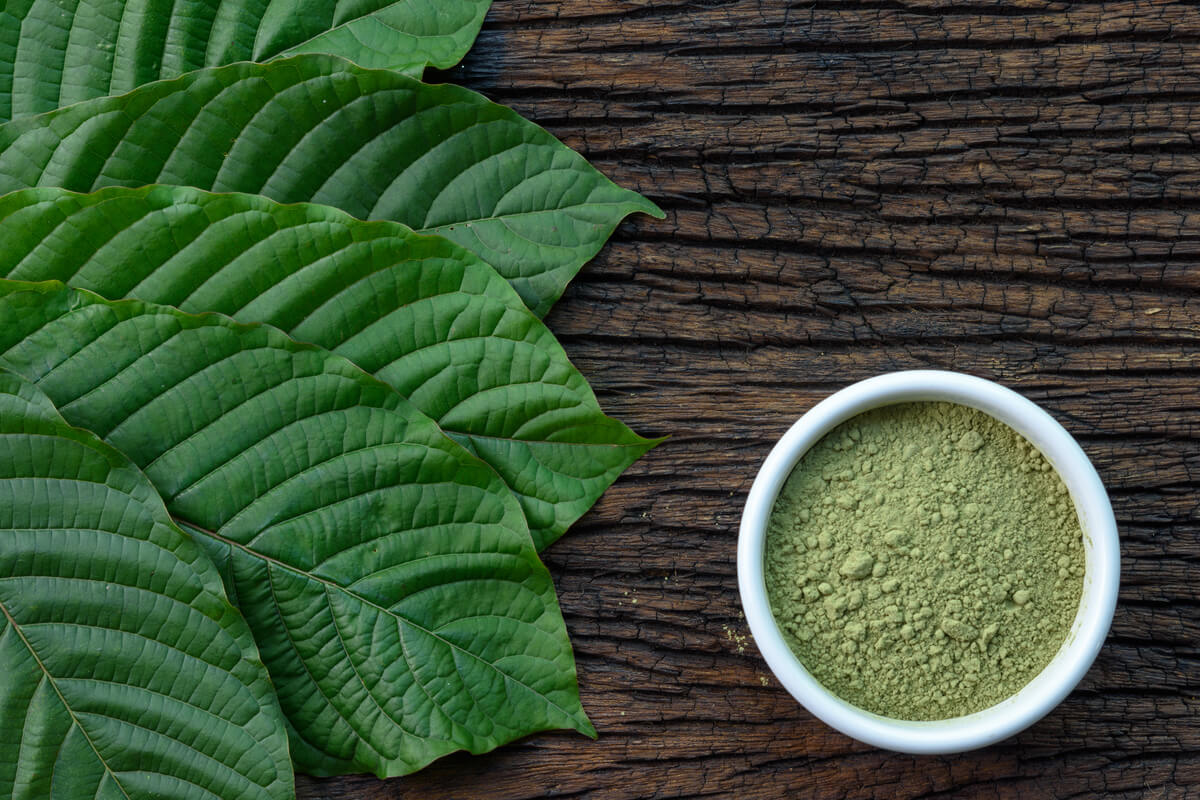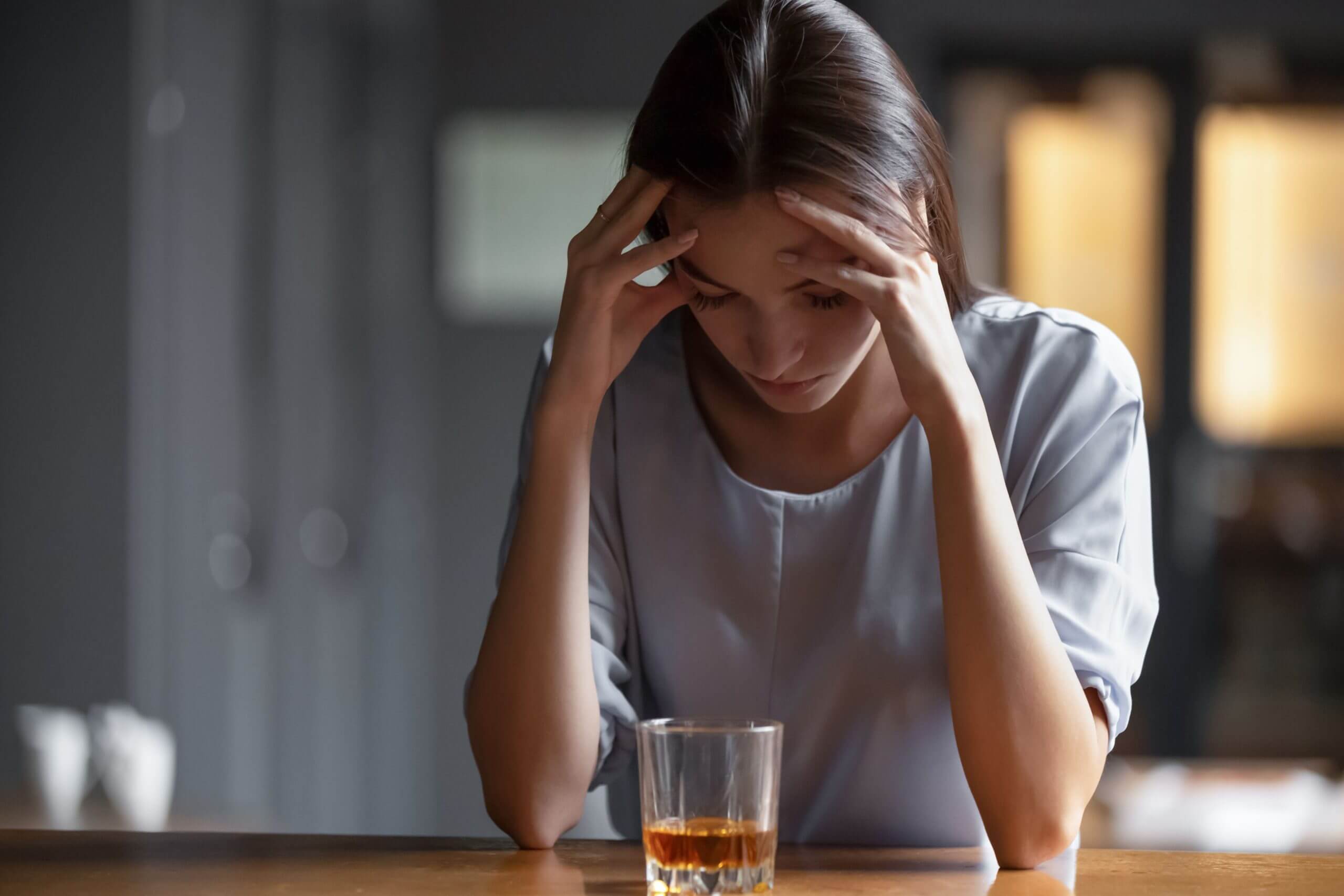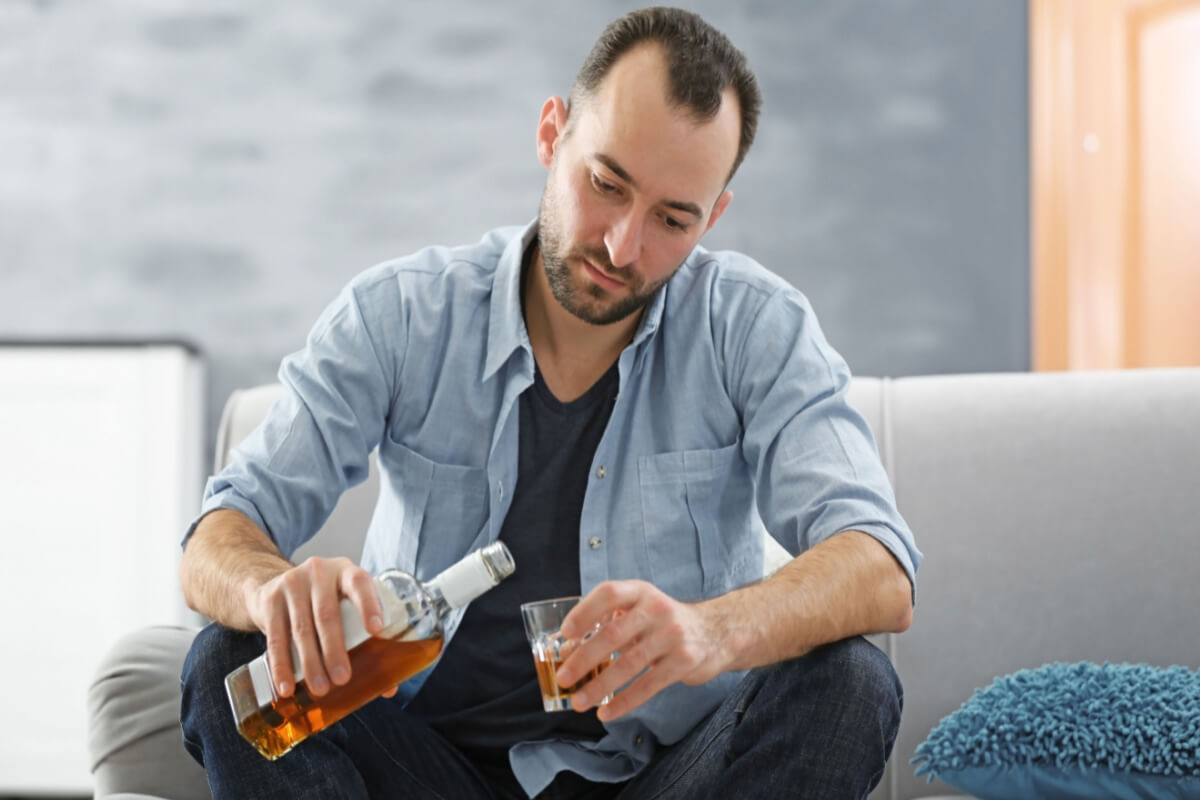
Alcohol use disorder (AUD) is a chronic condition characterized by relapses. People with alcohol use disorder (AUD) may always be tempted to drink again, especially when under stress or dealing with a difficult situation. But some people learn to keep that destructive impulse in check year after year, and many do achieve lifelong abstinence.
The exact numbers of relapse vary among different studies. In one study, Researchers found that more than 75% of people with AUD stay sober the year after their diagnosis, but then that rate dropped to 60% after two years, suggesting that relapses do and will occur as time passes. [1]
Almost 10% of all American adults are in recovery.[11] Of those in recovery, 51% have recovered from alcoholism.[12]
Keep reading to find out what relapse looks like, what causes a relapse, and what successful people do to prevent and minimize the
What Is a “Relapse”?
Relapse refers to returning to drinking after a sustained period of abstinence. The terminology is tricky and can be defined differently by different people. Researchers say there are two types of “relapses”:[2]
- Lapse: You have a temporary return to alcohol. You may promise to be sober, for example, but you drink one glass of champagne at a wedding. The next day, you’re horrified and even more determined not to drink again.
- Relapse: You have a sustained return to drinking. This is more of a “true” relapse.
Another way to break down the terminology around a “relapse” is defining the type of relapse as either emotional/mental or physical:
Emotional or mental Relapse
You haven’t actually gone back to drinking, but you are starting to have thoughts or emotions around drinking again. You might:
- Skip things. You don’t attend your meetings or take your medications.
- Slide on healthy habits. You don’t get enough sleep or eat a healthy diet.
- Stick to yourself. You don’t spend time with supportive peers. You’re often alone.
- Fantasize or even plan drinking: You start thinking about alcohol, and you might even crave just a little sip. You start planning what your lapse will look like: Will you drink at a bar or at home? What will you drink? Will you invite a friend or be alone?
Physical Relapse
Physical relapse is when you actually take that first drink of alcohol.
What Causes a Relapse?
Many studies have looked at the risk factors relapse. The causes of relapse are multiple, and very greatly from individual to individual [4]. Some of the more common risk factors are discussed below.
Drinking Patterns
If you drank a lot before you got sober, you’re more likely to relapse to drinking after you enter a treatment program.[4]
Heavy drinking over a long period changes brain chemistry and makes altering behavior harder. Medication for Addiction Treatment (MAT) can help adjust these imbalances and help you resist the urge to return to drinking.
Cravings
Some people describe a physiological desire to drink. They feel anxious and tremulous if they do not drink. In general, Individuals that have strong cravings tend to have a higher risk of relapse than individuals that do not get cravings.[5]
Social Support
There is evidence that people who have a strong support system are less likely to relapse. One study showed that being married and having spousal support decreases risk of relapse.[6]
Social Environment
Living in a community filled with drinkers could make you want to drink too. Being surrounded by peers or friends that are drinking increases the risk of relapse [6]. Conversely, surrounding yourself with people who are sober, through support groups for example, decreases the risk of relapse. [13].
Mental Health Conditions
In one study, about 8% of people in treatment for alcohol use disorder also had post-traumatic stress disorder. Those with PTSD were more likely to relapse.[7] When you’re struggling with your mental health, alcohol can seem like a solution. Alcohol can be used as a coping mechanisms for many mental health conditions including depression and anxiety. Making sure your mental health conditions are addressed can decrease your risk of relapse greatly.
Defining “Successful” Recovery
What is “successful recovery”? Does it mean complete abstinence, or does it simply mean reduction in drinking to the point where it is not negatively impacting your life? There is no “right” answer to this question – what matters is how you as an individual define “success” and “recovery”.
The DSM technically defines “recovery” as “initial (3 months), early (3 months to 1 year) sustained (1-5 years) and stable (greater than five year). However, some argue that it is too simplistic to define “recovery” simply as an amount of time. More importantly is how much your quality of life is improved.
Almost 40% of adults with alcohol use disorder that started a year ago are now in recovery.[10]
How Does AUD Treatment Help?
Alcohol use disorder is, thankfully, a disease that responds well to both pharmacologic and nonpharmacologic treatment. Compared to people who got help, those who did not were more likely to relapse within three years.[15]
Only about 10% of people with an addiction get care for it.[17] You can be different. Ask for help today.

By Elena Hill, MD, MPH
Elena Hill, MD; MPH received her MD and Masters of Public Health degrees at Tufts Medical School and completed her family medicine residency at Boston Medical Center. She is currently an attending physician at Bronxcare Health Systems in the Bronx, NY where ... Read More
- Alcoholism Follow-Up. Medscape. https://emedicine.medscape.com/article/285913-followup. March 2020. Accessed May 2022.
- Relapse. Alcohol and Drug Foundation. https://adf.org.au/reducing-risk/relapse/. Accessed May 2022.
- A Comparative Study of Factors Associated with Relapse in Alcohol Dependence and Opioid Dependence. Indian Psychiatric Society. https://journals.sagepub.com/doi/pdf/10.4103/IJPSYM.IJPSYM_356_17. 2017. Accessed May 2022.
- Alcohol Consumption and Symptoms as Predictors for Relapse of DSM-5 Alcohol Use Disorder. Drug and Alcohol Dependence. https://www.sciencedirect.com/science/article/abs/pii/S0376871614008278. July 2014. Accessed May 2022.
- Alcohol Alert: Relapse and Craving. National Institute on Alcohol Abuse and Alcoholism. https://pubs.niaaa.nih.gov/publications/aa06.htm. October 1989. Accessed May 2022.
- Alcohol Relapse and Its Predictors After Liver Transplantation for Alcoholic Liver Disease: A Systematic Review and Meta-Analysis. BMC Gastroenterology. https://bmcgastroenterol.biomedcentral.com/articles/10.1186/s12876-019-1050-9. August 2019. Accessed May 2022.
- Impact of the COVID-19 Pandemic on Patients with Alcohol Use Disorder and Associated Risk Factors for Relapse. Frontiers in Psychiatry. https://www.frontiersin.org/articles/10.3389/fpsyt.2020.620612/full. December 2020. Accessed May 2022.
- How Does Stress Lead to Risk of Alcohol Relapse? Alcohol Research. https://www.ncbi.nlm.nih.gov/pmc/articles/PMC3788822/. 2012. Accessed May 2022.
- NIAAA Recovery Research Definitions. National Institute on Alcohol Abuse and Alcoholism. https://www.niaaa.nih.gov/research/niaaa-recovery-from-alcohol-use-disorder/definitions. Accessed May 2022.
- 2001-2002 Survey Finds that Many Recover from Alcoholism. National Institute on Alcohol Abuse and Alcoholism. https://www.niaaa.nih.gov/news-events/news-releases/2001-2002-survey-finds-many-recover-alcoholism-researchers-identify-factors-associated-abstinent-and. January 2005. Accessed May 2022.
- There Is Life After Addiction. Most People Recover. https://www.npr.org/2022/01/15/1071282194/addiction-substance-recovery-treatment. January 2022. Accessed May 2022.
- 1 in 10 Americans Report Having Resolved a Significant Substance Use Problem. Recovery Research Institute. https://www.recoveryanswers.org/research-post/1-in-10-americans-report-having-resolved-a-significant-substance-use-problem/. Accessed May 2022.
- Alcohol Use Disorder Relapse Factors: A Systematic Review. Psychiatry Research. https://www.sciencedirect.com/science/article/abs/pii/S0165178119303841. August 2019. Accessed May 2022.
- 2020 N-SSATS State Profiles Executive Summary. Substance Abuse and Mental Health Services Administration. https://www.samhsa.gov/data/sites/default/files/reports/rpt35969/2020%20NSSATS%20State%20Profiles_FINAL.pdf. Accessed May 2022.
- Rates and Predictors of Relapse After Natural and Treated Remission from Alcohol Use Disorders. Addiction. https://www.ncbi.nlm.nih.gov/pmc/articles/PMC1976118/. September 2007. Accessed May 2022.
- Relapse Prevention and the Five Rules of Recovery. Yale Journal of Biology and Medicine. https://www.ncbi.nlm.nih.gov/pmc/articles/PMC4553654/. September 2015. Accessed May 2022.
- Recent Developments in Alcohol Services Research on Access to Care. Alcohol Research. https://www.ncbi.nlm.nih.gov/pmc/articles/PMC4872610/. 2016. Accessed May 2022.
Download Our Free Program Guide
Learn about our program, its effectiveness and what to expect
Related articles
Imagine what’s possible on the other side of opioid use disorder.
Our science-backed approach boasts 95% of patients reporting no withdrawal symptoms at 7 days. We can help you achieve easier days and a happier future.


